NTE2000
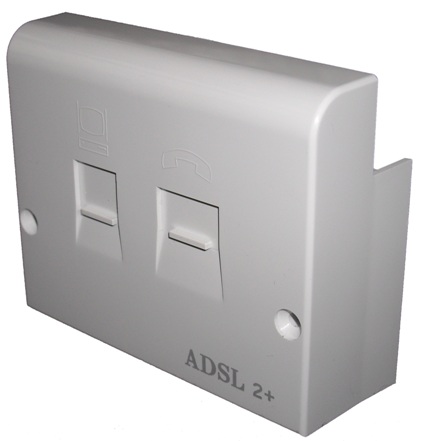
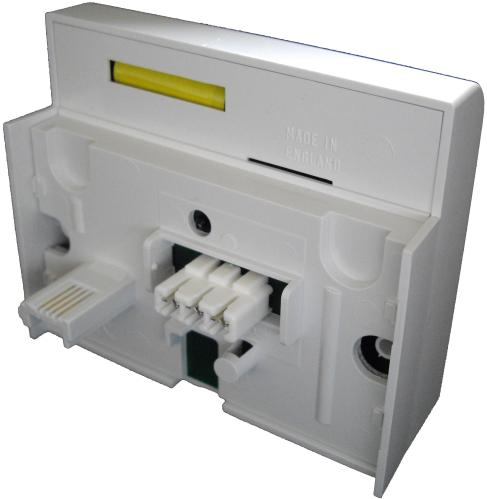
The NTE2000 is as old as ADSL itself! Earlier versions had ADSL V 1.0 printed on them but later on in production this was changed to ADSL 2+. This really was nothing more than a marketing exercise as the filter design was unchanged. This filter simply replaces the lower front of the NTE5 and filters any extension wiring so no need to have plug in filters around the house! Installation is simple, remove the NTE5 lower front plate, note which wires are going to 2, 3 & 5, remove the wires & reinstall on the new NTE2000 using an IDC tool. Removing the need for plug in filters isn't the main benefit mind, remember when we covered the NTE5 & explained how the bell wire filter improves connections by isolating it from the broad band signal? Well, a filtered faceplate takes this a step further. Any copper wiring between you and the exchange adds to your line length, the longer your line the slower the download speed. A filtered faceplate isolates any extension wiring from the broad band signal so in effect shortening your line.
But there is a downside, with this fitted you can only plug your modem or router into the socket on the faceplate as all extensions are now filtered (filtered means the broadband signal has been taken away), now a lot of people have their master socket in a hallway and really don't want (or can't due to lack of power socket!) to have their router in there. Fear not as the NTE2005 fixes this issue...
NTE2005
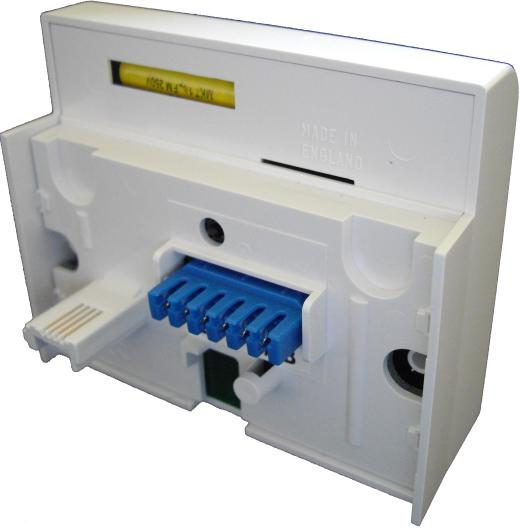
Those paying attention will notice a subtle difference - the IDC block on the rear has more terminals and is BLUE! For extensions carrying just voice (so you just need a telephone on them) the wiring goes to 2, 3 & 5 as before. Now the added part, for a broadband extension you wire a pair of cables to A & B on the blue IDC block. At the other end you can either terminate to one of these (connect to 2 & 5):-

or to a standard secondary BT socket (again, connect to 2 & 5). If using a standard BT socket you will need a plug in filter. Not because the router or modem requires it but simply because the lead will be fitted with an RJ11 plug & that isn't going to plug into a BT socket. The filter is just acting like an adaptor (with the added benefit that should you require a phone where the modem plugs in you can also have that too, just plug it into the BT socket on the filter)
Now as mentioned any cabling added to the line can affect the broadband speed so keep these points in mind :-
- Keep the extension for the broadband as short as possible
- Use high quality COPPER twisted pair cable such as CW1308 specification
- Don't bend the cable too tightly or crush it when clipping
BT Openreach™ ADSL/vDSL I Plate


This faceplate was introduced when vDSL (BT Infinity) came to the market. It's a completely new design but in quite a short space of time has been revised a few times. The major difference is how it fits to the NTE5, rather than replace the original lower front half it fits in between, that's where the I in its name comes from - I for Interstitial which simply means in between. This faceplate has a revised design which is required for the frequencies vDSL operates at. There have been 3 versions to date :-
- The Mk1, this was never termed the Mk1 and has no writing on it at all. This was the only version also available as an OEM unbranded version (all other versions have only been made with Openreach branding)
- The Mk2 added what is called a REIN ( Repetitive Electrical Impulse Noise).
- The Mk3 changed the REIN filter specification

This little junction box fits upstream on the NTE5 master socket & filters out electrical noise. There is a downside in so much that it can lower sync speed but as this is a side affect of line stability it's usually better (better to have a stable slightly slower connection that one that is slightly faster but dropping every 10 minutes right?!).
The Mk2 vDSL faceplate features a filter that was SIMILAR to the 80B RF3. Not long after production BT decided the REIN filter wasn't doing what they wanted so amended the spec to be much closer to that of the BT 80B RF3. Now of course the downside of all of this is if your line has no REIN issues what so ever if you have a Mk2 or Mk3 vDSL faceplate then the chances are you could eek out a little more speed by replacing it with a Mk1. The problem being of course that the Mk1 is long out of production. The other issue now is no one, not even us, can sell you a BT vDSL faceplate (what little stock we have will be long gone very soon). BT have decided it's for them only so should you have one & it fails then you have no choice other than to stump up the £130 odd ( + VAT!) that they will want to come out & replace your duff faceplate. Well you do now have a choice, read on....
VTE-2015 Faceplate
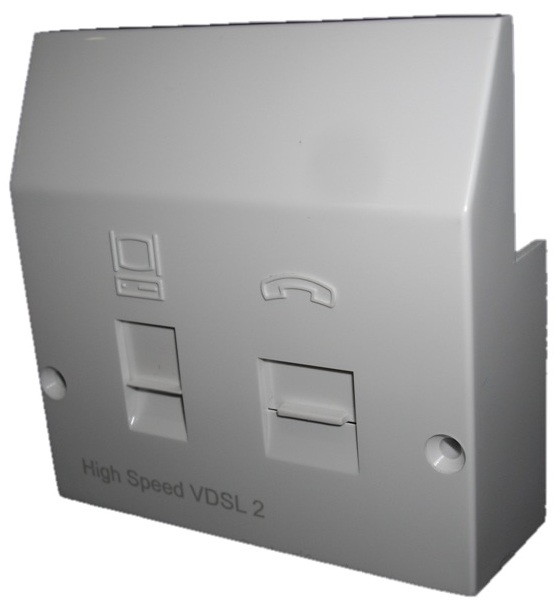
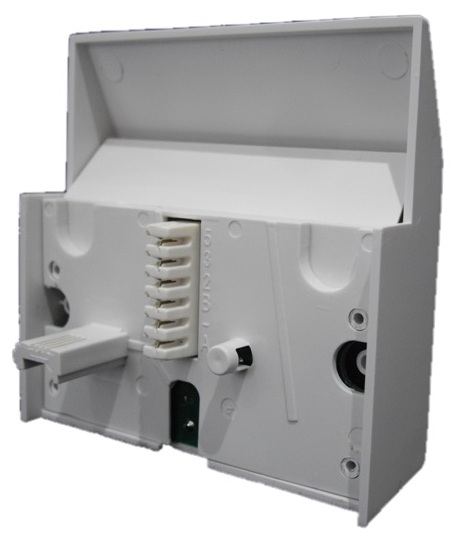
When it became apparent that BT were not going to sell us any more of the vDSL faceplates we had to come up with an alternative. What we came up with is what we call the VTE-2015 ( vDSL Terminating Equipment & the year 2015! Took us a while to come up with that one!)
The faceplate features a high quality vDSL filter (also ADSL compatible) and has provision for both filtered & unfiltered connections on the rear. It doesn't have a REIN filter but as you've now learned above that's no bad thing, if you do have REIN issues fit a BT80B RF3 in addition to a VTE-2015!
BT Openreach™ Mk4 VDSL/NTE5C Combined

This is the latest BT Openreach MK4 VDSL/ADSL filtered faceplate supplied WITH NTE5C master socket. Unlike the previous Mk3 VDSL faceplate this design reverts back to the previous style of replacing the lower front half of the master socket (in this case the NEW NTE5C - also available separately). The new design requires no tools to install - the faceplate clips to the master socket & all wiring connections are via cam lock connectors so no IDC tool is required (tool-less IDC connectors). Centralised VDSL filtering is then provided negating the need for plug in filters with an RJ45/RJ11 socket providing the connection for a modem/router & a filtered telephone socket for telephones etc. Alternatively, provision is made for a hard wired connection to the modem/router via a two way cam lock tool-less IDC connector on the rear. The latest Mk4 version retains an RF filter for line stability (a filter for small Repetitive Electrical Impulse Noise-REIN).
One final point, ALL of the faceplates mentioned above feature an RJ45 socket for the broadband connection. Over the years we've had emails & phone calls claiming we don't know what we are talking about & RJ11 is completely different to RJ45 so here it goes...
- All of our faceplates have an RJ45 socket, FACT
- An RJ11 plug WILL fit into an RJ45 socket, FACT
